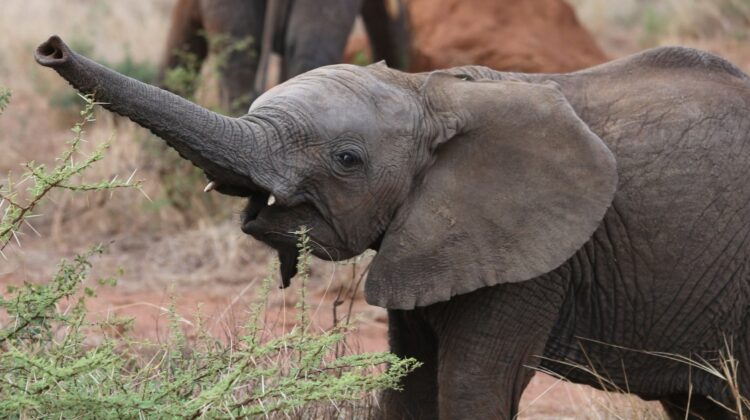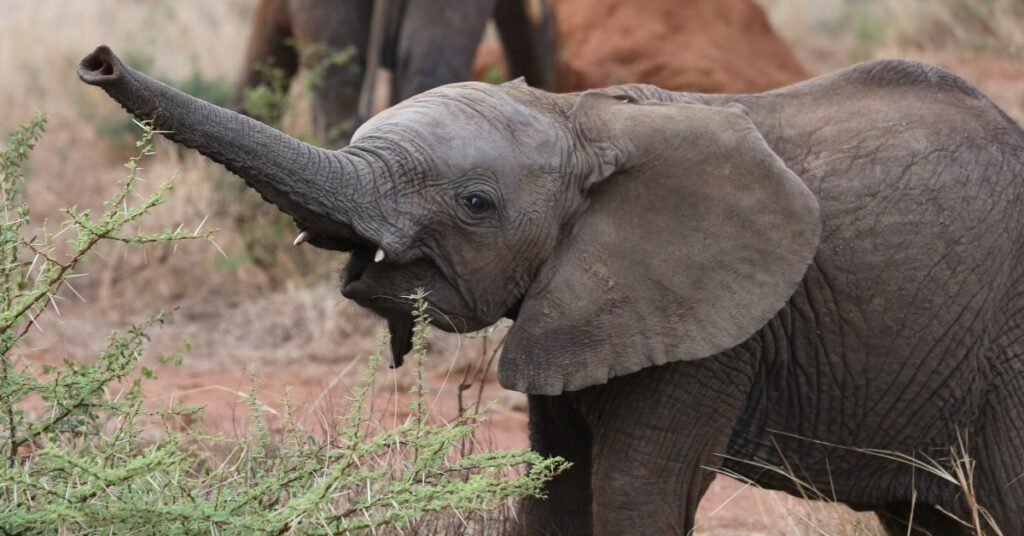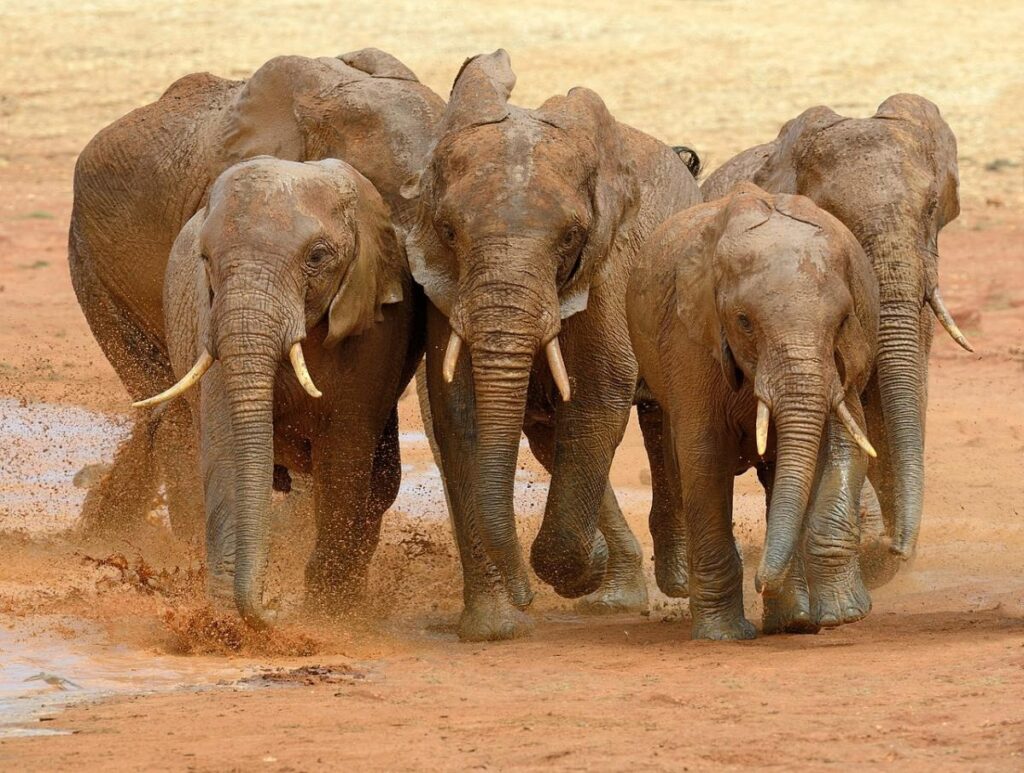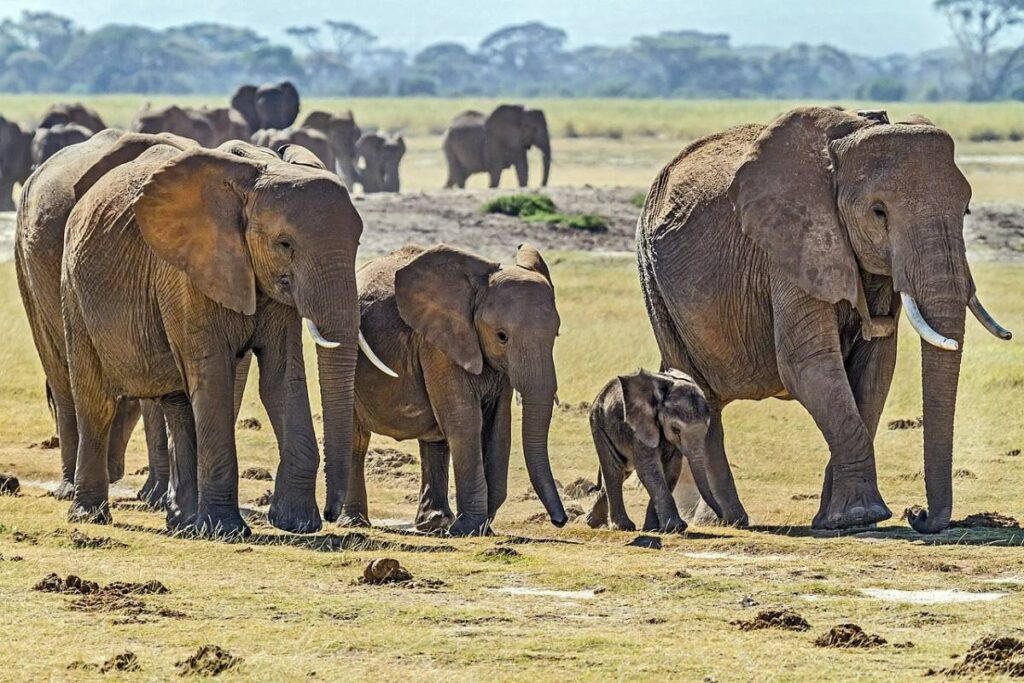
In a groundbreaking revelation, a recent study conducted by researchers from Colorado State University and other institutions suggests that elephants possess a sophisticated form of communication — they call each other by names. This newfound ability sets elephants apart as the first non-humans known to employ specific vocal sounds to identify and address their social partners without imitating the receiver’s calls.

The study, yet to undergo peer review, focused on wild African bush elephants (Loxodonta africana) in the regions of Samburu and Amboseli in Kenya. The researchers recorded and analyzed 625 calls, discovering that 20.3% of these calls exhibited acoustic characteristics matching those of specific individuals. In essence, the elephants were using vocal labels to refer to one another, a behavior akin to calling each other by names.
To further validate their findings, the researchers played back recordings of calls addressed to 17 elephants and observed the subjects’ reactions. The elephants responded more promptly and frequently to the test playbacks compared to control playbacks, indicating their ability to recognize their own names.

Importantly, the study revealed that these calls were distinct to individual elephants and not generic sounds. Even when different callers communicated with the same receiver, similarities persisted in the calls. The researchers attribute this to the complexity of elephant rumbles, which encode multiple messages simultaneously, making it challenging for the computer model used in the study to pinpoint the specific “name” used in each call.
Caitlin O’Connell-Rodwell, an elephant biologist at Harvard University Medical School, who was not involved in the study, emphasized the significance of the research. She noted that it highlights how elephants navigate vast landscapes while maintaining communication with specific individuals, showcasing a level of sophistication beyond simple signaling.
Unlike dolphins and parrots, which rely on vocal mimicry to communicate, elephants appear to possess a naming system that does not depend on imitating the receiver’s calls. This unique approach is particularly relevant to elephants’ fission-fusion social dynamics, where they frequently split and merge into different subgroups, necessitating a means of communication that transcends copying calls.
The study has broader implications for our understanding of language evolution and communication in humans and other animals. The elephants’ ability to convey information about themselves, others, their social relationships, and emotional states through a complex vocal repertoire adds a new layer of complexity to our understanding of interspecies communication.

As these remarkable findings come to light, the researchers express hope that their work will inspire further studies on elephant vocalization and cognition. Additionally, they underscore the importance of conservation efforts to protect these endangered animals and their habitats, recognizing the need to preserve the unique and intricate ways in which elephants communicate in their natural environment.

Leave a Reply